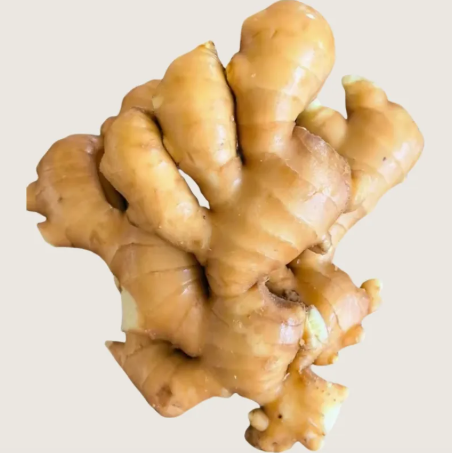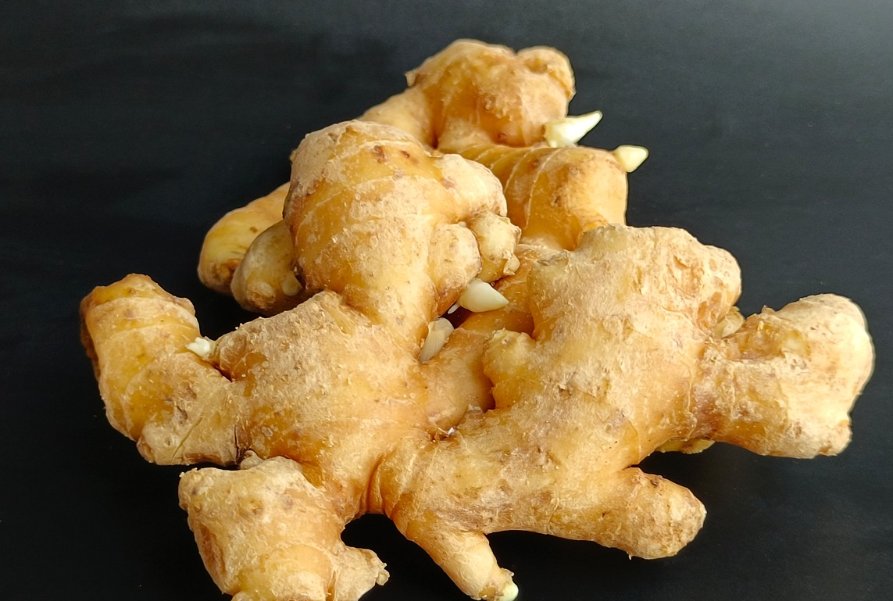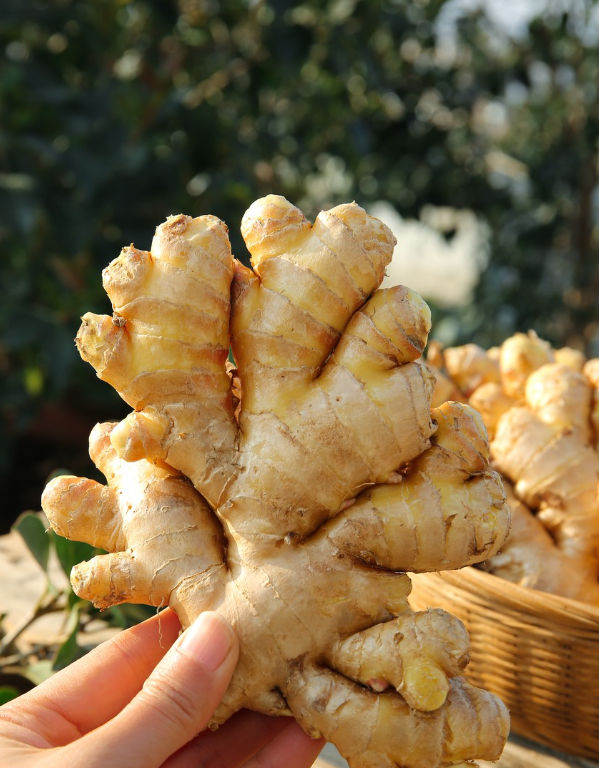
Fresh ginger (Zingiber officinale) has been prized globally not only as a culinary spice but also for its significant health-promoting properties. Its nutritional profile is rich in bioactive compounds, including gingerols, shogaols, and essential oils, with gingerol—the main pungent ingredient—contributing notably to its health benefits. According to peer-reviewed studies, fresh ginger contains approximately 1–2% gingerols by dry weight, which display potent antioxidative and anti-inflammatory effects.

Among the active constituents, gingerol and curcumin (often associated with turmeric but also present in some ginger varieties) have been the focus of extensive scientific research. Gingerol exhibits strong antioxidant capacity by neutralizing free radicals, thereby reducing oxidative stress linked to chronic diseases. A comprehensive meta-analysis published in Phytotherapy Research reports that gingerol effectively supports digestive health by increasing gastrointestinal motility and alleviating nausea.[1]
Curcumin, although more abundant in turmeric, shares complementary anti-inflammatory and immunomodulatory properties that enhance the natural immune response and assist in symptom relief during common colds. Clinical trials indicate that regular ginger consumption can reduce the duration and severity of upper respiratory tract infections by modulating cytokine activity.[2]
“Fresh ginger should be considered a functional food due to its multifunctional bioactive profile. Its consistent use in dietary regimens promotes digestive efficiency, immune resilience, and inflammation regulation.” – Dr. Helen Zhang, Nutritional Science Researcher
Incorporating fresh ginger into daily meals is both versatile and straightforward. It can be consumed raw, steeped as tea, incorporated in smoothies, or used to flavor soups and marinades. The bioavailability of ginger’s active compounds remains high when minimally processed, allowing procurement specialists and food producers to tailor fresh ginger applications in diverse product portfolios effectively.

Leading suppliers employ rigorous quality control protocols to ensure their fresh ginger meets international food safety standards such as HACCP and GlobalGAP. Products undergo regular testing to verify gingerol content, moisture levels, and absence of contaminants. Verified traceability from farm to fork guarantees premium freshness, flavor integrity, and consistent health efficacy—crucial factors driving procurement decisions in global markets.
| Quality Parameter | Standard Range | Benefit |
|---|---|---|
| Gingerol Content | 1.0% – 2.0% (dry weight) | Antioxidant and anti-inflammatory potency |
| Moisture Level | 70% – 85% | Freshness and longer shelf life |
| Pesticide Residues | Not Detected (within regulatory limits) | Consumer safety and regulatory compliance |
Choosing high-quality fresh ginger involves inspecting its firm texture, vibrant color, and absence of mold or soft spots. Proper storage—preferably refrigerated and moisture-controlled—preserves its bioactive profile.
For optimal health benefits, scientific consensus suggests a daily intake of fresh ginger ranging from 1 to 3 grams, either through direct culinary use or as part of functional food formulations.[3] This dose supports digestive comfort and immune function without adverse effects.

Partner with trusted suppliers who guarantee premium-quality fresh ginger—backed by scientific validation and stringent quality controls—to enrich your health-focused offerings with nature’s potent bioactives.
Contact Our Sales Team Today